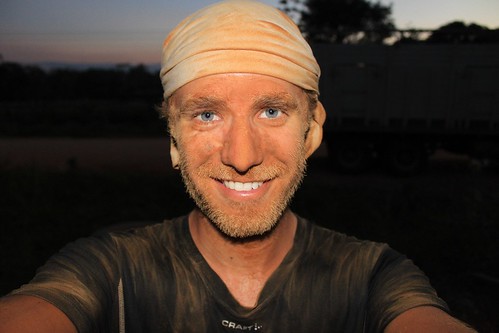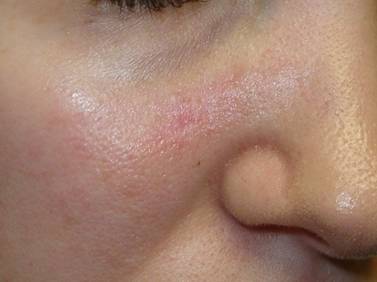
Laser resurfacing can take from 30 minutes to more than an hour, depending on the size of the area being treated. Exactly how many treatments will be needed depends on the type of laser as well as the specific skin condition being treated.
At the beginning of the procedure, your face is scrubbed with an antibacterial solution to remove surface bacteria. Most laser resurfacing procedures are performed under light sleep sedation, where you are awake but not fully aware. Some less invasive and extensive laser procedures may only require topical anesthesia. General anesthesia may be recommended if a large area is being treated.
The laser is a big machine, but the light beam is passed down through a hand-held wand or paddle. Your surgeon passes the wand over the area to be treated. This may be done once or several times, depending on the type of laser, your skin type and treatment goals. The laser literally evaporates the targeted areas of skin, leaving only a faint trace of "smoke and steam" and revealing undamaged, pink skin.
After the laser skin resurfacing is completed, your surgeon may cover your face with a thin film of antibiotic cream or a layer of synthetic skin. Recovery varies based on the type of laser used and the size and scope of the treated area. Expect redness, puffiness and some pain after laser skin resurfacing. It can take a few months for all the redness to fade. You can usually use make-up to camouflage the redness within a week. Follow your doctor's instructions carefully to avoid any complications.
Keeping your skin moist is crucial. You may be told to wash your face several times a day to help get rid of dead skin cells. Avoiding sun exposure is also important. Most physicians recommend wearing a wide-brimmed hat and applying sunscreen with a sun protection factor (SPF) of 15 or higher to your skin because it is very susceptible to sun damage after a laser resurfacing treatment.
source : facialplasticsurgery
 7:16 PM
7:16 PM
 Iman Fauzi
Iman Fauzi

















